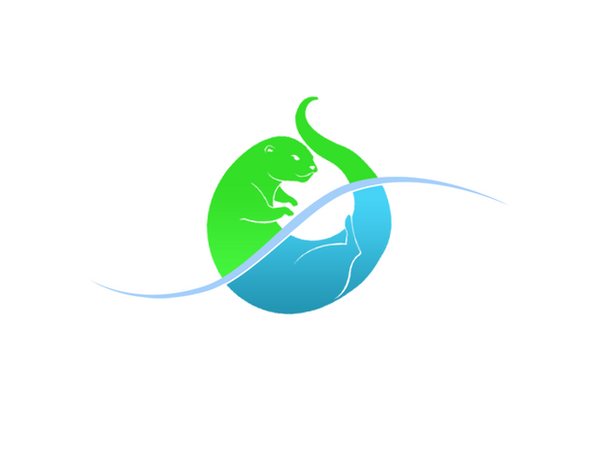Description
Recombinant Human Cadherin-6/CDH6 Protein (Fc Tag) | PKSH032141 | Gentaur US, UK & Europe Disrtribition
Synonyms: Cadherin-6; Kidney Cadherin; K-Cadherin; CDH6;KCAD
Active Protein: N/A
Activity: Recombinant Human Cadherin-6 is produced by our Mammalian expression system and the target gene encoding Thr19-Ala615 is expressed with a Fc tag at the C-terminus.
Protein Construction: Recombinant Human Cadherin-6 is produced by our Mammalian expression system and the target gene encoding Thr19-Ala615 is expressed with a Fc tag at the C-terminus.
Fusion Tag: C-Fc
Species: Human
Expressed Host: Human Cells
Shipping: This product is provided as lyophilized powder which is shipped with ice packs.
Purity: > 90 % as determined by reducing SDS-PAGE.
Endotoxin: < 1.0 EU per µg as determined by the LAL method.
Stability and Storage: Generally, lyophilized proteins are stable for up to 12 months when stored at -20 to -80℃. Reconstituted protein solution can be stored at 4-8℃ for 2-7 days. Aliquots of reconstituted samples are stable at < -20℃ for 3 months.
Molecular Mass: 93.5 kDa
Formulation: Lyophilized from a 0.2 μm filtered solution of 20mM PB, 150mM NaCl, pH7.4.
Reconstitution: Please refer to the printed manual for detailed information.
Background: Cadherin-6 (CDH6) is a type-II classic cadherin cell-cell adhesion molecules, which are expressed in graded or areal patterns, as well as layer-specific patterns, in the cortical plate. Human Cadherin-6 is synthesized as a 790 aa type I transmembrane glycoprotein that contains a 18 aa signal peptide, a 35 aa propeptide, a 562 aa extracellular region, a 21 aa transmembrane segment, and a 154 aa cytoplasmic domain. There are five cadherin domains of approximately 110 aa each in the extracellular region. Cadherin-6 has high expression in kidney, brain, and cerebellum, and may contribute to the formation of the segmental structure of the early brain, as well as the development of renal proximal tubules. Weak expression is also detected in lung, pancreas, gastric mucosa and cytotrophoblasts. As a classic cadherin, Cadherin-6 will form homodimers and promote intercellular adhesion with itself and, possibly, Cadherin-9 and -14.
Research Area: Signal Transduction, Cancer,






